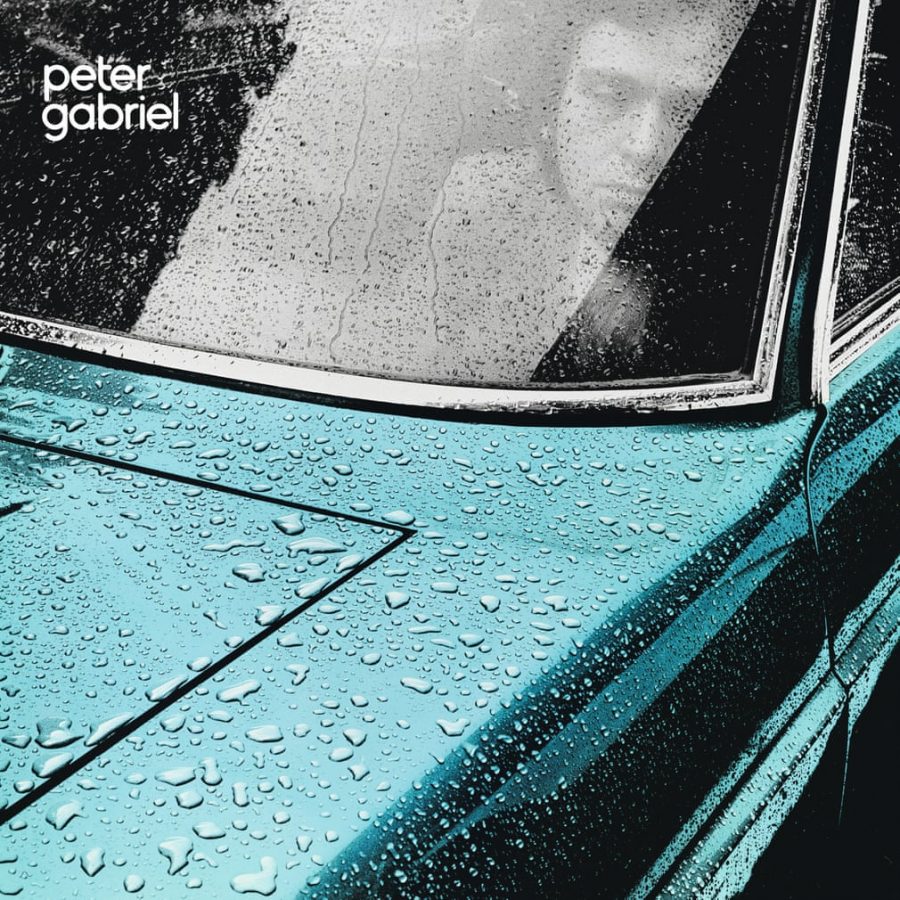There are many reasons, some quite literal, that it can be painful to talk about racism in the U.S. For one thing, it often seems that writers like W.E.B. Du Bois, Ida B. Wells, Angela Davis, Audre Lorde, or James Baldwin, have already confronted questions of racial violence without hedging or equivocation. Yet each time racist violence happens, there seems to be a decorous need in politics and media to pretend to be surprised by what’s right in front of us, to pretend to have discovered the place for the first time, and yet to already have a supply of readymade platitudes and denunciations at hand.
For example, just recently, a former white U.S. President just dismissed an important civil rights leader at the funeral of another civil rights leader, while the oppressive conditions both leaders fought against are amplified to military grade in cities around the country. Sports fans demand that elite Black athletes shut up and entertain them. The fans will be the ones to say what gestures are acceptable, like standing for the national anthem at a televised for-profit sporting event that has more to do with gambling than patriotism.
Maybe standing and kneeling are both spectacles, but they do not carry equal weight. When New Orleans Saints quarterback Drew Brees refused to support his teammates’ mild protest against murder, he tried to make it right by posting on social media a stock photo of a black hand and a white hand clasped together. In his N+1 essay “Such Things Have Done Harm,” a worthy application of Baldwin’s furious logic to the present, Blair McClendon writes:
The spectacle of reconciliation is irresistible. There may be a war in the streets, but from time to time there is a Christmas truce and we are to take those as visions of a better, calmer future. Here is the coming peace without all the grisly details that prevent us from getting there…. Holding up a picture of black and white people together intimately, in camaraderie, or even just mutual recognition and respect, as proof of something “possible” implies an otherwise brutal vision of the world “as it is”… We should be willing to demand more than fellow feeling.
The foreclosure of conflict, the bypassing of reality with sentimental fantasies of harmony, lies at the heart of the exceptionalism argument that seems to make so many people irrationally angry with Black athletes. You are highly paid, successful entertainers, and we consider that a sign of progress, therefore we judge this protest illegitimate. For Baldwin, as Ellen Gutoskey writes at Mental Floss, this standard measurement of progress “is only progress as defined by white people of privilege.”
When Dick Cavett voiced the question to Baldwin in 1969—citing those who point to the success of “the rising number of Black Americans in sports, politics, and entertainment”—Baldwin explained the real problem: No one has asked for this opinion, and certainly not at that time, as Gutoskey points out, “with the violence of 1968—Martin Luther King Jr.’s and Robert F. Kennedy’s assassinations, a riotous Democratic National Convention, countless civil rights protests, and so on—still very fresh in the public consciousness.” Baldwin puts is plainly:
Insofar as the American public wants to think there has been progress, they overlook one very simple thing: I don’t want to be given anything by you. I just want you to leave me alone so I can do it myself. And it also overlooks another very important thing: Perhaps I don’t think that this republic is the summit of human civilization. Perhaps I don’t want to become like Ronald Reagan or like the president of General Motors. Perhaps I have another sense of life… Perhaps I don’t want what you think I want.
Repeatedly, the hallowed democratic notion of self-determination has been denied Black Americans—perhaps the single most enduring thread that runs through the country’s history. The denial of agency is complicated, however, by the necessity of assigning blame to people deemed not fully human: “I have nothing to say about the idea that people who are the descendants of property are bound to respect the property rights of Gucci or CVS beyond the desire to point out its obscenity,” Blair McClendon writes. “What was called violence and chaos in any other circumstance would be read as something much simpler: self-defense.”
Again and again, those who resist the most brutal conditions—including outright murder in the streets, in quiet homes at night, in cars, at playgrounds, by agents of the state—are called villains and insurrectionists. Cavett asks Baldwin to explain radical leaders like H. Rap Brown and Stokely Carmichael, “who frighten us the most” (making the word “us” do a lot of work here). Baldwin responds, “[When] any white man in the world says ‘Give me liberty, or give me death,’ the entire white world applauds. When a Black man says exactly the same thing, word for word, he is judged a criminal and treated like one….”
I doubt the irony of quoting Patrick Henry (also known for saying “If this be treason, make the most of it!”) was in any way lost on Baldwin. As one recent biographer puts it, Henry was the first American revolutionary “to call for independence, for revolution against Britain, for a bill of rights, and for as much freedom as possible from government—American as well as British.” Patrick Henry was also a slaveowner, something he considered, in his own words, a “lamentable evil.”
Henry wrote, “I will not, I cannot justify [owning slaves],” but he was “not conflicted enough to actually set anyone free,” writes Michael Schaub at NPR. Declarations of high moral principles, while one openly commits, or ignores, what one admits is “evil,” still feature prominently in official stories of the moment. Baldwin, writes McClendon, “knew what a story was, he knew what a film was, he knew what a revolution was and he may have known forgiveness, too.”
Baldwin did not know willful forgetting, however, except to call it out when he saw it used as a weapon. Raoul Peck’s excellent, aptly-titled film I Am Not Your Negro begins with the Cavett interview, then unravels a “radical, up-to-the-minute examination of race in America,” writes YouTube Movies, who offers the film free to screen online, “using Baldwin’s original words and a flood of rich archival material” to reconstruct his last unfinished book, Remember This House.
Related Content:
Watch the Famous James Baldwin-William F. Buckley Debate in Full, With Restored Audio (1965)
Why James Baldwin’s Writing Stays Powerful: An Artfully Animated Introduction to the Author of Notes of a Native Son
W.E.B. Du Bois Devastates Apologists for Confederate Monuments and Robert E. Lee (1931)
Josh Jones is a writer and musician based in Durham, NC. Follow him at @jdmagness


























